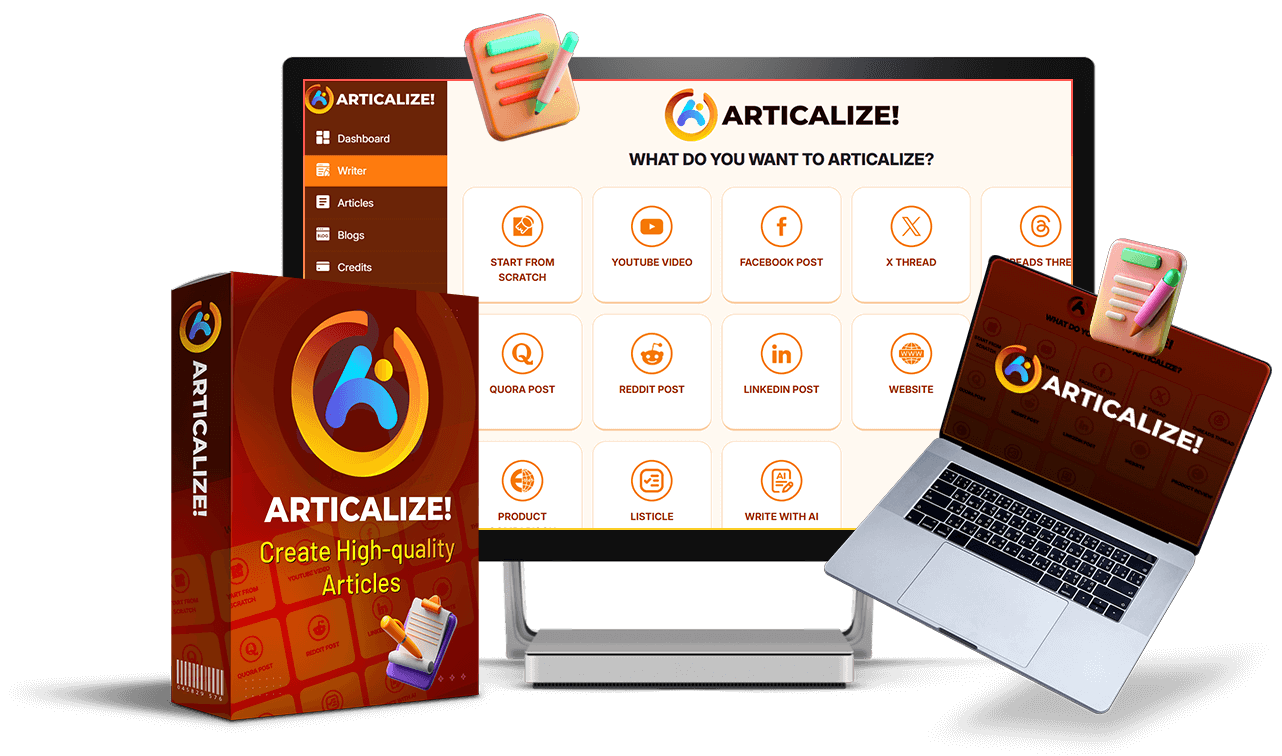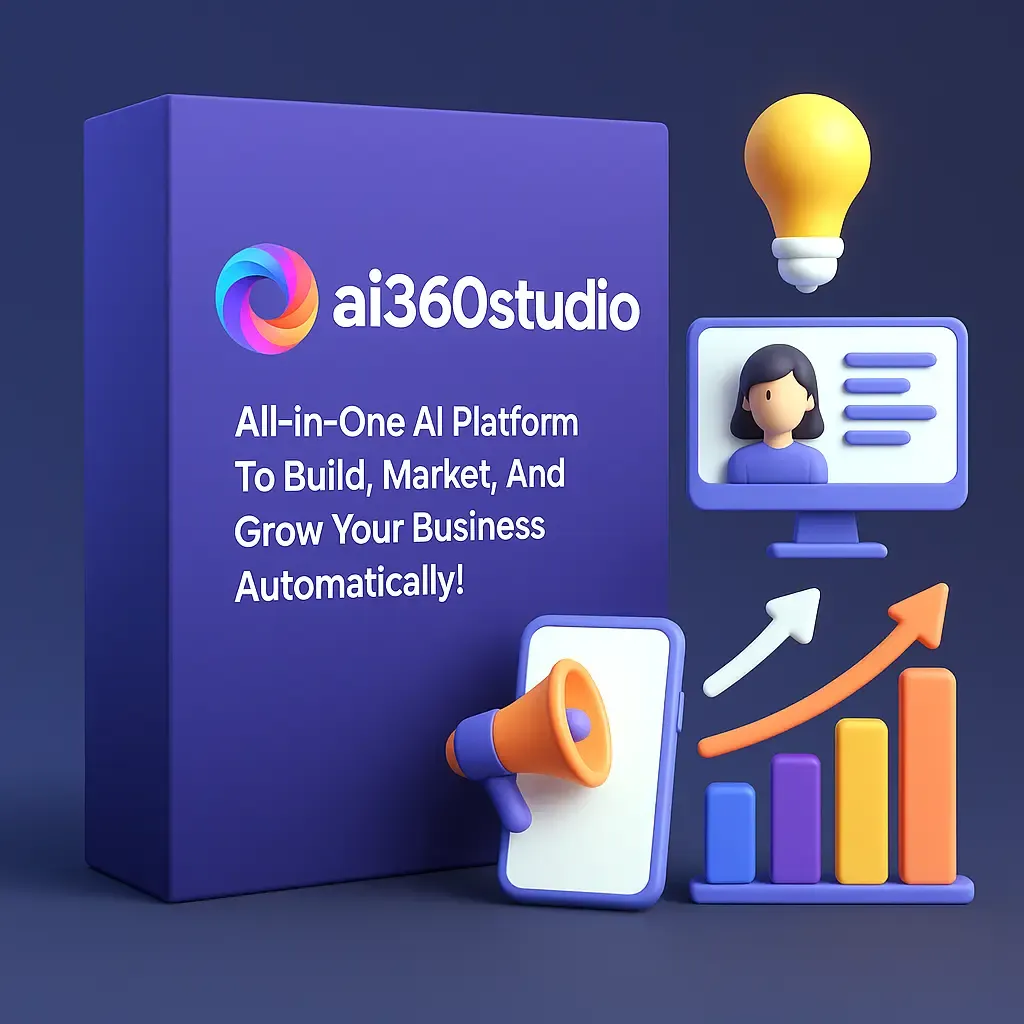
In today’s rapidly evolving technological landscape, AI traffic systems are transforming how we navigate our cities and digital spaces. From intelligent transportation networks to sophisticated digital marketing strategies, artificial intelligence is creating unprecedented efficiency and insights in traffic management across multiple domains.
How AI Is Revolutionizing Physical Traffic Management
The implementation of AI traffic solutions has dramatically altered urban mobility. Smart cities worldwide are deploying artificial intelligence to analyze traffic patterns, predict congestion, and optimize signal timing in real-time.
Real-Time Traffic Analysis and Prediction
Advanced AI traffic systems now utilize computer vision and machine learning algorithms to process data from cameras, sensors, and connected vehicles. These systems can:
- Detect traffic incidents within seconds
- Predict congestion before it occurs
- Recommend alternative routes to drivers
- Optimize public transportation schedules based on demand
Studies show that cities implementing AI traffic management systems have reduced commute times by up to 25% while decreasing emissions by similar margins.
Intelligent Traffic Signal Control
Traditional fixed-time traffic signals are being replaced by dynamic AI traffic controllers that adjust timing based on current conditions. These intelligent systems:
- Respond to changing traffic volumes in real-time
- Prioritize emergency vehicles and public transit
- Learn from historical patterns to optimize flow
- Coordinate across multiple intersections for system-wide efficiency
AI Traffic in Digital Marketing and Website Optimization
Beyond physical roadways, AI traffic analysis has become essential in the digital realm, helping businesses understand and optimize online visitor behavior.
Advanced Traffic Analytics
Digital marketers now employ AI traffic tools to gain deeper insights into website visitors:
- Identify high-value traffic sources with precision
- Segment visitors based on behavior patterns
- Predict conversion likelihood using AI algorithms
- Detect and mitigate bot traffic automatically
These insights allow organizations to allocate marketing resources more effectively, targeting efforts where they generate the highest return on investment.
Traffic Generation and Optimization
AI traffic solutions have transformed how businesses attract and engage website visitors:
- Content recommendation engines that increase time on site
- Personalized user experiences that boost conversion rates
- Predictive SEO strategies that increase organic traffic
- Automated social media campaigns that drive targeted visitors
AI-Powered Traffic Quality Assessment
Not all website traffic is created equal. AI traffic analysis helps distinguish between:
- High-intent visitors likely to convert
- Casual browsers with lower purchase intent
- Fraudulent or bot traffic that skews analytics
- Competitors researching your offerings
The Future of AI Traffic Technologies
As we look ahead, several trends are shaping the evolution of AI traffic systems:
Integrated Urban Mobility Platforms
Future AI traffic ecosystems will coordinate across all transportation modes:
- Private vehicles and ridesharing services
- Public transit and micromobility options
- Pedestrian and cyclist movements
- Commercial and delivery vehicle routing
These comprehensive systems will optimize not just for speed but for safety, environmental impact, and equitable access.
Advanced Predictive Capabilities
Next-generation AI traffic technologies will move beyond reactive approaches to truly predictive frameworks:
- Forecasting congestion hours before it occurs
- Suggesting preemptive routing changes
- Predicting maintenance needs before infrastructure fails
- Modeling impacts of special events or construction projects
Ethical Considerations in AI Traffic Implementation
As AI traffic systems become more prevalent, important questions arise about:
- Data privacy and surveillance concerns
- Algorithmic bias in traffic prioritization
- Digital divide in access to AI-optimized routes
- Balancing efficiency with safety and quality of life
Implementing AI Traffic Solutions for Your Organization
Whether you’re a municipal planner or digital marketer, adopting AI traffic technologies requires careful consideration:
- Define clear objectives – Determine what specific traffic problems you’re trying to solve
- Assess data availability – Evaluate your current data sources and identify gaps
- Start with pilot projects – Test AI solutions in limited scenarios before full-scale deployment
- Measure outcomes rigorously – Establish metrics to evaluate the impact of your AI traffic initiatives
- Iterate and improve – Use feedback and performance data to continuously enhance your systems
Conclusion
The rise of AI traffic intelligence represents a fundamental shift in how we understand and manage movement—whether through city streets or website pages. Organizations that effectively leverage these technologies gain substantial advantages in efficiency, user experience, and resource utilization.
As artificial intelligence continues to evolve, we can expect AI traffic systems to become increasingly sophisticated, creating smarter cities and more effective digital experiences. The key to success lies in thoughtful implementation that balances technological capabilities with human needs and ethical considerations.
By staying informed about emerging AI traffic innovations and adopting a strategic approach to implementation, organizations across sectors can harness these powerful tools to create smoother journeys for everyone—whether navigating physical roadways or digital pathways.





Leave a Reply